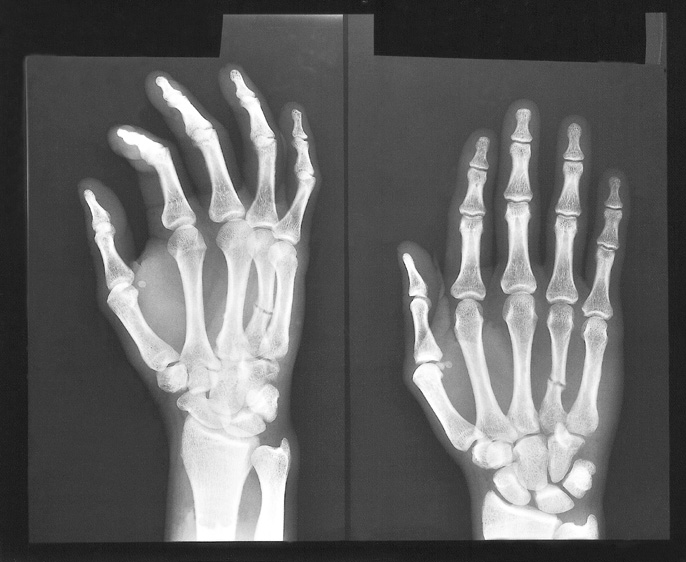- Get Certified
- Certification Process
- Subspecialties and FPDs
- Focused Practice Designations
- Anesthesiology Critical Care Medicine
- Emergency Medical Services (EMS)
- Health Care Administration, Leadership, & Management (HALM)
- Hospice and Palliative Medicine
- Internal Medicine – Critical Care Medicine
- Medical Toxicology
- Neurocritical Care
- Pain Medicine
- Pediatric Emergency Medicine
- Sports Medicine
- Undersea and Hyperbaric Medicine
Qualifying Exam


|
|
Dates & Fees |
Late Dates & Fees |
| Exam Dates | November 3 – 12, 2025 | |
| Registration | $960 May 21 – October 9, 2025 at 11:59 p.m. EST |
$1,260 October 10 – 24, 2025 at 11:59 p.m. EST |
* Fees are subject to change
What happens if I don't take the first QE seat I'm assigned to?
While we strongly advise you not to delay certification, sometimes things happen. If you do not take the first available seat, for any reason, your board eligibility status will change to “Delayed Certification.” This may result in additional requirements to remain board eligible.
Qualifying Exam Overview
The Qualifying Examination (QE) is designed to measure medical knowledge and diagnostic reasoning. It is administered one week each fall in over 200 computer-based Pearson VUE centers in the US and Canada.
Exam Build
Approximately 305 single-best-answer multiple-choice questions based on the EM Model
Pictorial question types:
Some questions have stimulus images such as x-rays or ECGs.
Reference documents at your disposal:
- Common abbreviations
- Normal lab values
Exam Content
- 1.0 Signs, Symptoms and Presentations: 10%
- 2.0 Abdominal & Gastrointestinal Disorders: 7%
- 3.0 Cardiovascular Disorders: 10%
- 4.0 Cutaneous Disorders: 3%
- 5.0 Endocrine, Metabolic & Nutritional Disorders: 5%
- 6.0 Environmental Disorders: 2%
- 7.0 Head, Ear, Eye, Nose & Throat Disorders: 4%
- 8.0 Hematologic Disorders: 3%
- 9.0 Immune System Disorders: 2%
- 10.0 Systemic Infectious Disorders: 7%
- 11.0 Musculoskeletal Disorders (Non-traumatic): 3%
- 12.0 Nervous System Disorders: 6%
- 13.0 Obstetrics and Gynecology: 3%
- 14.0 Psychobehavioral Disorders: 2%
- 15.0 Renal and Urogenital Disorders: 3%
- 16.0 Thoracic-Respiratory Disorders: 7%
- 17.0 Toxicologic Disorders: 4%
- 18.0 Traumatic Disorders: 9%
- 19.0 Procedures & Skills: 8%
- 20.0 Other Components: 2%
- Total: 100%
Acuity Frames: Target (± 5%)
- Critical: 30%
- Emergent: 40%
- Lower Acuity: 21%
- None: 9%
Physician Tasks
For this dimension, the Board has assigned the following specific percentage weights to the Modifying Factor of age:
- Pediatrics: 8% minimum
- Geriatrics: 6% minimum
Sample Questions
Sample Non-Stimulus Question
Appears on all multiple choice question exams.
What is the most common cause of massive rectal bleeding in an adult?
(A) carcinoma of the left colon
(B) carcinoma of the right colon
(C) diverticulosis
(D) mesenteric thrombosis
(E) polyps




